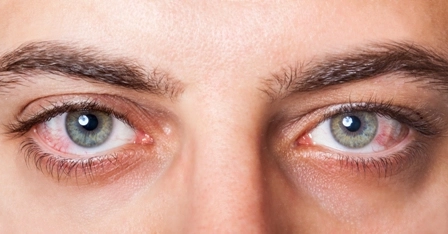Ophthalmology and Optometry Coding Alert
You Be the Coder:
Know What Determines Cosmetic Blepharitis Status
Published on Tue Nov 21, 2017

You’ve reached your limit of free articles. Already a subscriber? Log in.
Not a subscriber? Subscribe today to continue reading this article. Plus, you’ll get:
- Simple explanations of current healthcare regulations and payer programs
- Real-world reporting scenarios solved by our expert coders
- Industry news, such as MAC and RAC activities, the OIG Work Plan, and CERT reports
- Instant access to every article ever published in Revenue Cycle Insider
- 6 annual AAPC-approved CEUs
- The latest updates for CPT®, ICD-10-CM, HCPCS Level II, NCCI edits, modifiers, compliance, technology, practice management, and more
Related Articles
Other Articles in this issue of
Ophthalmology and Optometry Coding Alert
- Office Visit Coding:
Choose Between E/M, Eye Codes With These Tips
There's no simple answer to find which code to use, but documentation will drive your [...] - Clip And Save:
E/M Codes or Eye Code?
One method that some practices use to select between eye codes and E/M codes is [...] - IOL Power:
Bust These Myths About IOL Power Calculations
Can't wrap your head around the rules for 76519 and 92136? Read on. In light [...] - E/M Coding:
5 Quick E/M Tips From One Part B MAC
Equating thick documentation to a high-level E/M? Think again. If you're tired of hearing conflicting [...] - You Be the Coder:
Know What Determines Cosmetic Blepharitis Status
Question: How do we know when a blepharitis procedure is considered cosmetic? Codify Subscriber Answer: [...] - Reader Question:
Which Code Describes Strabismus Surgery?
Question: Our surgeon performed a resection procedure on two horizontal muscles for strabismus. We reported [...] - Reader Question:
Evaluate How to Report Cryothermy Vs. Diathermy
Question: We are confused by the differences between cryothermy and diathermy from a coding standpoint. [...]
View All




